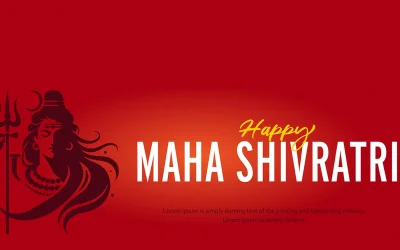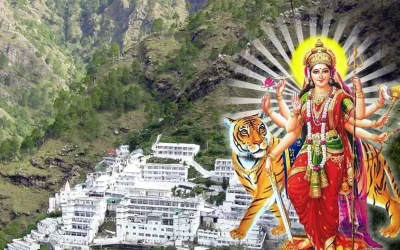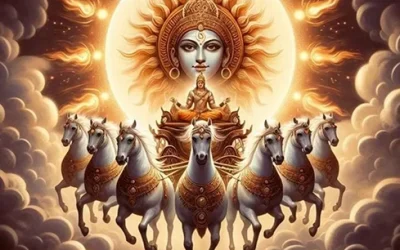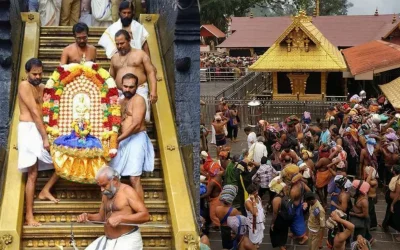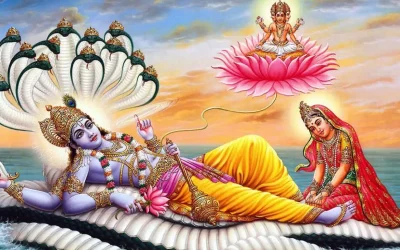The Divine Couple: Shiva and Parvati – A Cosmic Love Story That Inspires
The Divine Couple: Shiva and Parvati – A Cosmic Love Story That Inspires
This is the story of Shiva and Parvati, the divine couple of Hindu mythology, whose union represents more than marital harmony but the balance of the universe. It is filled with spirituality, timeless teachings, and symbolism and has fascinated generations of devotees and seekers alike.
Lord Shiva, the god of transformation and the ultimate yogi, is known for his asceticism, immense power, and calm demeanour. Goddess Parvati carries in herself all the signs of Shakti – divine energy, love and devotion. This couple truly epitomizes the coming together of opposites that can attract each other immensely, complement each other’s lives and transform tremendously.
The Meeting of Shiva and Parvati: A Love Story
The story of Shiva and Parvati starts right at the majestic peaks of the Himalayas. Since Shiva had lost his first wife, Sati, he immersed himself in intense meditation. Parvati, born as the daughter of the mountain king Himavat, felt a deep, inexplicable connection to the meditative god. Her heart was set on becoming his wife.
Parvati had to perform severe penance to win Shiva’s love, braving the toughest weather and physical hardships to prove her unyielding love. Detached at first, Shiva realized Parvati’s enormous spiritual strength and devotion. Their marriage was a celestial celebration representing the union of divine masculine and feminine energies.
Cosmic Union: Creation and Harmony. 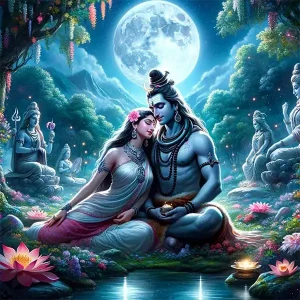
The marriage of Shiva and Parvati is one of the most important marriages in Hinduism. Shiva is the destroyer of ignorance and ego. He represents the transformative force of the universe. Parvati, as Shakti, represents creation, growth, and nurturing energy. Their union signifies the harmonious blending of opposing forces—creation and destruction, stillness and activity, spirituality and material life.
One of the most striking representations of their relationship is Ardhanarishvara. In this form, Shiva and Parvati are depicted as a single androgynous deity, representing the inseparability of masculine and feminine energies. It reflects ancient Indian philosophy, whereby true completeness is achieved through balancing and integrating dualities.
Lessons of Shiva and Parvati Story
The story of Shiva and Parvati goes beyond being a mere myth, as it is a guide through which one can understand many intricacies of life and relation. Here are some great lessons their story imparts.
- Devotion and resilience overcome all obstacles.
Parvati’s desire to win Shiva’s heart teaches us the power of perseverance and unwavering devotion. Countless challenges had come her way, but her love was still steadfast. We should be doing this with our goals—staying committed to them, even when it seems impossible. - Opposites Balance One Another
Shiva’s asceticism and Parvati’s vitality are the two extremes that complement each other. This teaches the lesson of accepting differences in relationships and that true harmony is found in the balance between strength and weakness. - Inner transformation causes outer change.
Parvati did not depend on external beauty to win Shiva’s love; she undertook deep penance and transformed herself from within. This reminds us that true change begins within ourselves. Focusing on inner growth can attract the right people and opportunities into our lives. - Masculine and Feminine Energies in Harmony
The concept of Ardhanarishvara thus shows the power of integrating the masculine and the feminine within ourselves. This balance is essential for personal growth and maintaining harmony in relationships and the world. - Love Involves Patience and Forgiveness
The love story of Shiva and Parvati proves patience and understanding are transformational forces. Their love teaches us that love is not perfect but about accepting each other as we are and growing together.
Shiva and Parvati, The Spiritual Significance
In Hinduism, Shiva and Parvati depict the ideal relationships. Their love story is read during festivals, such as Mahashivaratri. Devotees recite mantras, including “Om Namah Shivaya” and “Om Parvati Pataye Namah,” hoping to get the good of love, harmony, and spiritual growth.
Shiva and Parvati are also archetypes of self-realization. Shiva, with his third eye, symbolizes awareness and the destruction of illusions, whereas Parvati symbolizes nurturing energy and creation. They remind us of the circle of life – where the end is the start.
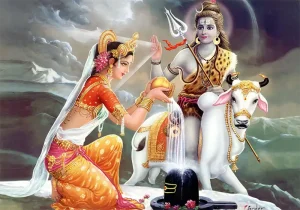
Why Their Story Remains Important Today
In Relationships: Their story reminds us to honour love, devotion, and understanding, even in the face of differences and challenges.
In Personal Growth: Parvati’s penance teaches the value of self-discipline and inner strength. Shiva’s calmness shows the importance of mindfulness and self-awareness.
In Spiritual Practices: The balance of Shiva and Parvati encourages us to integrate stillness (meditation) and activity (devotion) into our spiritual lives.
A Timeless Inspiration
The love story of Shiva and Parvati offers insights into life, relationships, and the universe itself. Their divine partnership teaches about a balance between work and rest, logic and emotion, individuality and togetherness.
As we navigate the complexities of modern life, may the story of Shiva and Parvati inspire us to love, pursue self-realization, and find harmony in our dualities. Like their union, sustaining the cosmos, their lessons can guide us toward a more meaningful and balanced existence.
Let their story remind us that we can find godliness within ourselves through love, devotion, and the balance of opposites.
